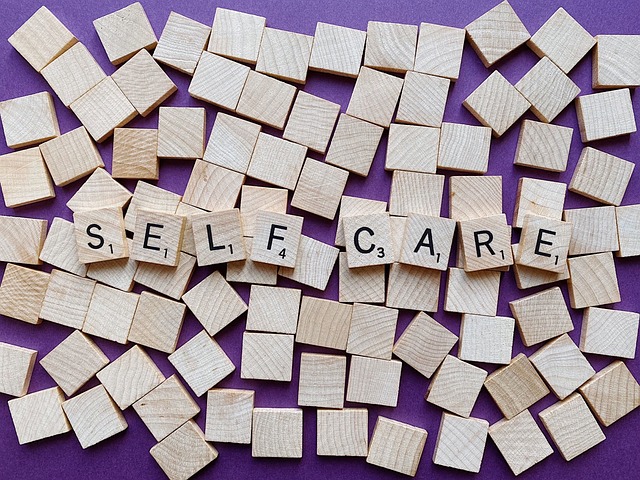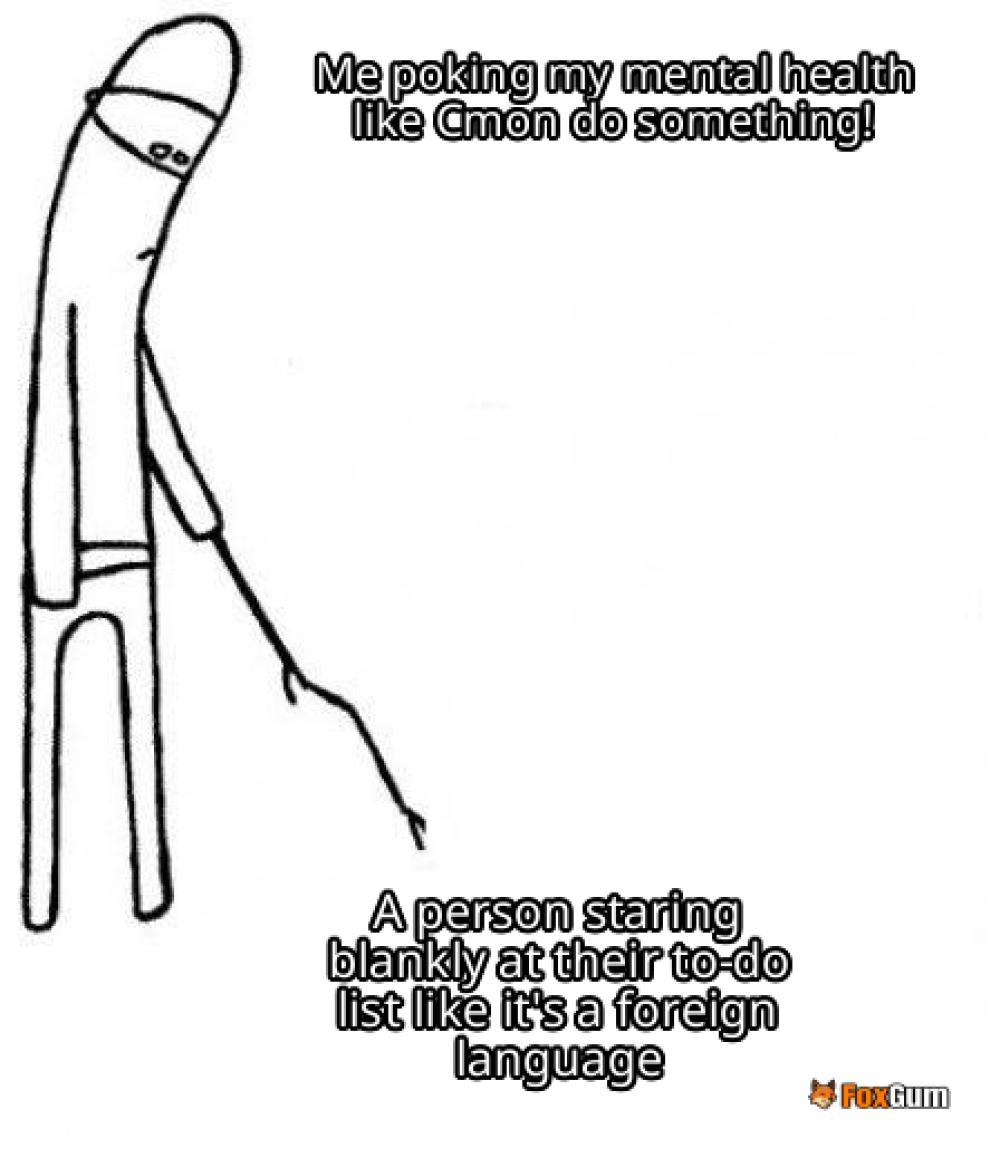
Ptsd Symptoms
Understanding PTSD Symptoms
Post-Traumatic Stress Disorder (PTSD) is one of those sneaky conditions that can creep up on you when you least expect it—like that one friend who shows up uninvited to the party. Whether it’s from a traumatic event or simply the chaos of life, many people experience PTSD in a variety of ways. Let’s dive into the symptoms, shall we?
What Are the Symptoms of PTSD?
PTSD symptoms can be as diverse as your Netflix watchlist. While some may find themselves re-experiencing traumatic events, others may feel like they’re dodging reminders like a game of emotional dodgeball. Here’s a closer look:
- Re-experiencing: This is the classic symptom where individuals relive the traumatic event through flashbacks or nightmares. Think of it as an unwanted encore performance of a show you didn’t even like the first time.
- Avoidance: People may go to great lengths to avoid reminders of the trauma. This could mean steering clear of certain places, people, or even conversations. It’s like avoiding that ex at a party—nobody wants that awkward encounter!
- Negative Changes in Mood: Feelings of hopelessness, emotional numbness, or detachment can occur. Imagine trying to enjoy a sunny day but being stuck in a rain cloud—yeah, it’s like that.
- Increased Arousal: This includes symptoms like irritability, difficulty sleeping, or being easily startled. It’s like being on high alert all the time, as if you’re waiting for a surprise party that never comes.
Who is Affected?
Interestingly, women are statistically more likely than men to develop PTSD. This could be due to biological factors or the nature of the trauma experienced. It’s a complex mix that researchers are still trying to unravel.
The Timeline of Symptoms
Symptoms of PTSD typically begin within three months of a traumatic event, but don’t be surprised if they show up fashionably late—sometimes they can take years to manifest. It’s a bit like waiting for your favorite show to get a new season; you know it’s coming, but the timing is anyone’s guess.
Co-occurring Conditions
PTSD often doesn’t travel alone. Many individuals may also face co-occurring conditions such as depression or anxiety. It’s like that one friend who can’t seem to leave the party without bringing along their plus-one. The combination can make recovery a bit more challenging, but it’s essential to remember that help is available.
Conclusion
Understanding PTSD symptoms is the first step toward healing. It’s a journey that varies from person to person, and while some may recover within six months, others might take a year or longer. Remember, it’s okay to seek help—whether through therapy, support groups, or just a chat with a trusted friend. After all, no one should have to navigate this alone. 💖

















 Pitting Edema
Pitting Edema 
 Health
Health  Fitness
Fitness  Lifestyle
Lifestyle  Tech
Tech  Travel
Travel  Food
Food  Education
Education  Parenting
Parenting  Career & Work
Career & Work  Hobbies
Hobbies  Wellness
Wellness  Beauty
Beauty  Cars
Cars  Art
Art  Science
Science  Culture
Culture  Books
Books  Music
Music  Movies
Movies  Gaming
Gaming  Sports
Sports  Nature
Nature  Home & Garden
Home & Garden  Business & Finance
Business & Finance  Relationships
Relationships  Pets
Pets  Shopping
Shopping  Mindset & Inspiration
Mindset & Inspiration  Environment
Environment  Gadgets
Gadgets  Politics
Politics 